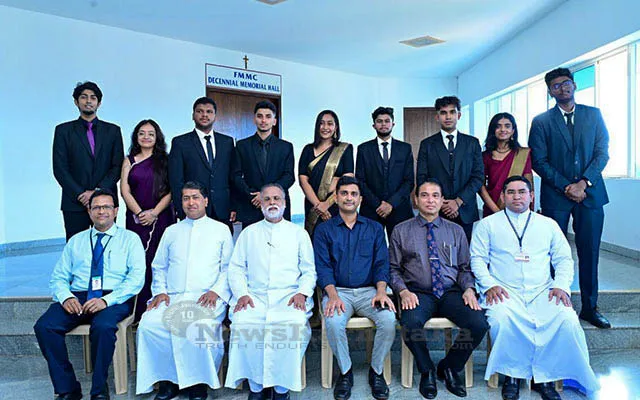
Kasargod: Serious efforts to conserve natural resources, mainly water have not been made in recent times to strike a balance with development. Despite coastal region receiving adequate rainfall, the scene of drought looms large midway through the summer season. The lakes, tube wells and man-made tunnels which helped to maintain an ecological balance over centuries have vanished making way for modern day borewells. The advent of innumerable borewells has resulted in the depletion of ground water, leaving the upper crest of earth high and dry.
In spite of the alarming scenario, in Kasargod district man-made tunnels (Surangas) are still relevant. One estimate suggests that there are 5000 such tunnels in the entire district catering to the agricultural and drinking water needs of the people.
Manjeshwar taluk alone has majority of these tunnels in Paivalike Bayaru Padav, Mulleria, Padre, Karadka and Bandadka surroundings. Tunnels can be found in Adyanadka and Anekallu villages adjoining Karnataka-Kerala border indicating reliance of people on these tunnels for cultivation over centuries. Tunnels measuring 300 meters in length can be seen to leave the modern architects of development spell bound.
Decades ago, when people did not have access to equipment or machinery to harness water, they relied on tunnels to guide water to agricultural fields. Farmers heavily dependent on monsoon used to conserve and guide water to farms and paddy fields during hot summer through these tunnels. With modern generation of youth turning their backs to agricultural activity and migrating to urban areas in search of greener pastures, the scenario looks grimmer than ever before.
Unfortunately, no serious efforts have been made to educate, empower the modern generation on the importance of tunnels which helped the earlier generation sustain. This has led to exponential increase in the number of borewells, resulting in the depletion of ground water levels. Increased population density and the consequent space constraint for water harvesting have been cited as the prime reasons to opt for borewells these days.
Kasargod receives an average rainfall of 3000 mm annually but the scarcity for water can be witnessed during March itself. Natural water resources like lakes and even wells have disappeared in the district in recent times and one can witness the enormous danger caused to the environment with the depleting underground water levels.
Konkanas and Marathi emigrants reached Kasargod for livelihood between 15 and 16th centuries, and devised the concept of tunnels to meet their water requirements for cultivation. History books reveal the efforts made by emigrants to sustain severity of drought with meticulous planning.
Sadly, the man-made tunnels which helped generations sustain in the most adverse conditions are fast entering pages of history, leaving behind impressions of their importance in ecological conservation for future generations.


.jpg)


















